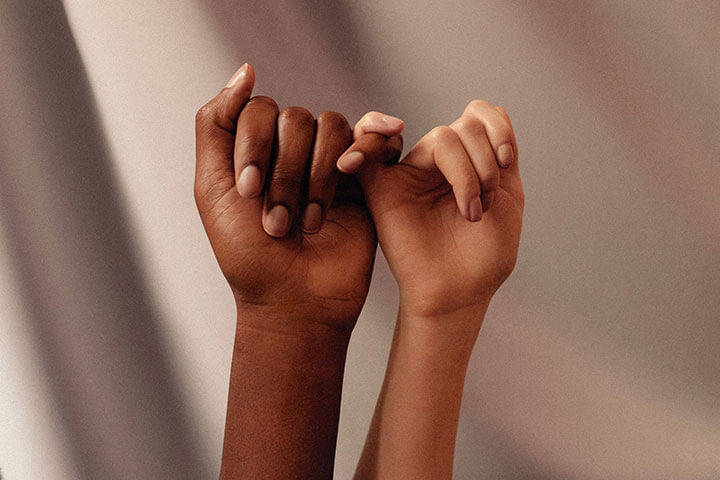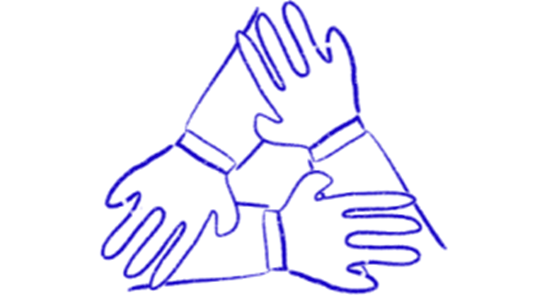Body dysmorphic disorder (BDD)
Explains the symptoms of body dysmorphic disorder (BDD), including examples of obsessive worries about your body and compulsive and repetitive behaviours.
View this information as a PDF (new window)
What are the symptoms of BDD?
People with BDD see themselves differently to how others see them. Although everyone's experience of BDD is unique, there are some common signs. This page covers:
I'm constantly worrying about my appearance to the extent that I rarely feel present in any social situation.
Obsessive worries about your body
If you have BDD, you may experience intrusive, negative thoughts about one specific area of your body, or several areas of your body, which you think are:
- Out of proportion, such as being too big or too small
- Disfigured or the wrong shape
- Lacking symmetry
- The wrong colour or texture
These thoughts cause you significant anxiety, and you'll often spend several hours a day thinking about the area or areas of concern. BDD can affect any area of the body, but common areas of anxiety include your skin, hair, nose, chin, teeth, lips or genitals.
Some people with BDD are preoccupied with negative thoughts about their general appearance rather than a specific feature, and may feel that they’re ‘generally ugly’ or out of proportion.
I've struggled with BDD for 13 years. It changes. Sometimes it's something little, like my nose, that is really bothering me. Sometimes every centimetre of my body just feels wrong.
Compulsive and repetitive behaviours
If you have BDD, you develop compulsive and repetitive behaviours and routines to deal with the anxiety you feel about your appearance. You may spend hours each day carrying out these behaviours to try to reduce your anxiety. The behaviours may briefly lessen your worries, or they may make you feel worse.
Common compulsive behaviours include repetitively or obsessively:
- Checking your appearance in mirrors, or avoiding mirrors completely
- Using heavy make-up to try to hide the area you're concerned about
- Changing your posture or wearing heavy clothes to disguise your shape
- Seeking reassurance about your appearance
- Overexercising, often in a way that targets the area you're worried about
- Body checking with your fingers
- Picking your skin to make it smooth
- Using tanning products or skin-lighteners
- Weighing yourself
- Brushing or styling your hair
- Comparing yourself with other people
- Changing your clothes
- Shopping for beauty products or over-the-counter treatments
- Taking selfies
- Using social media image filters or photo editing apps
- Seeking cosmetic surgery or having other types of medical treatment to change the part of you that causes you distress
Some of these behaviours, such as picking your skin and overexercising, are considered self-harm behaviours. For more information, see our pages on self-harm.
I'm performing exhausting, compulsive rituals that simply perpetuate this cycle of anxiety. It’s like being stuck in a noisy hamster wheel spinning endlessly inside a hall of mirrors.
This information was published in July 2022. We'll revise it in 2025.
References and bibliography available on request.
If you want to reproduce this content, see our permissions and licensing page.












